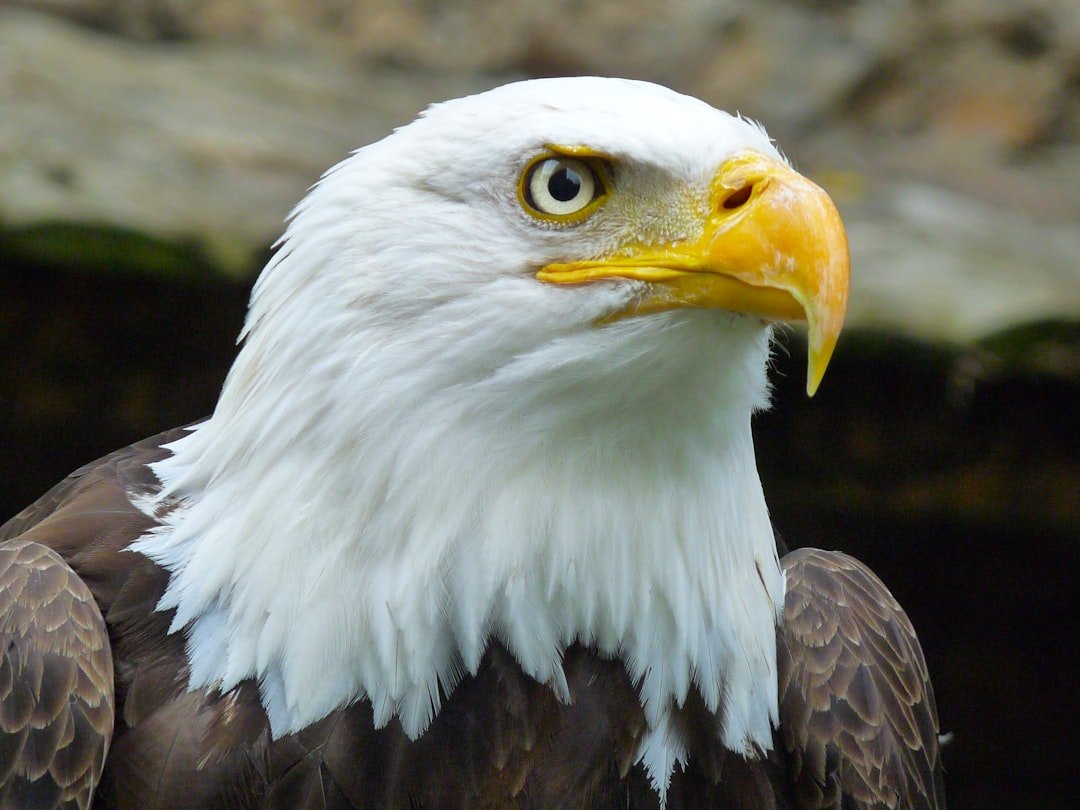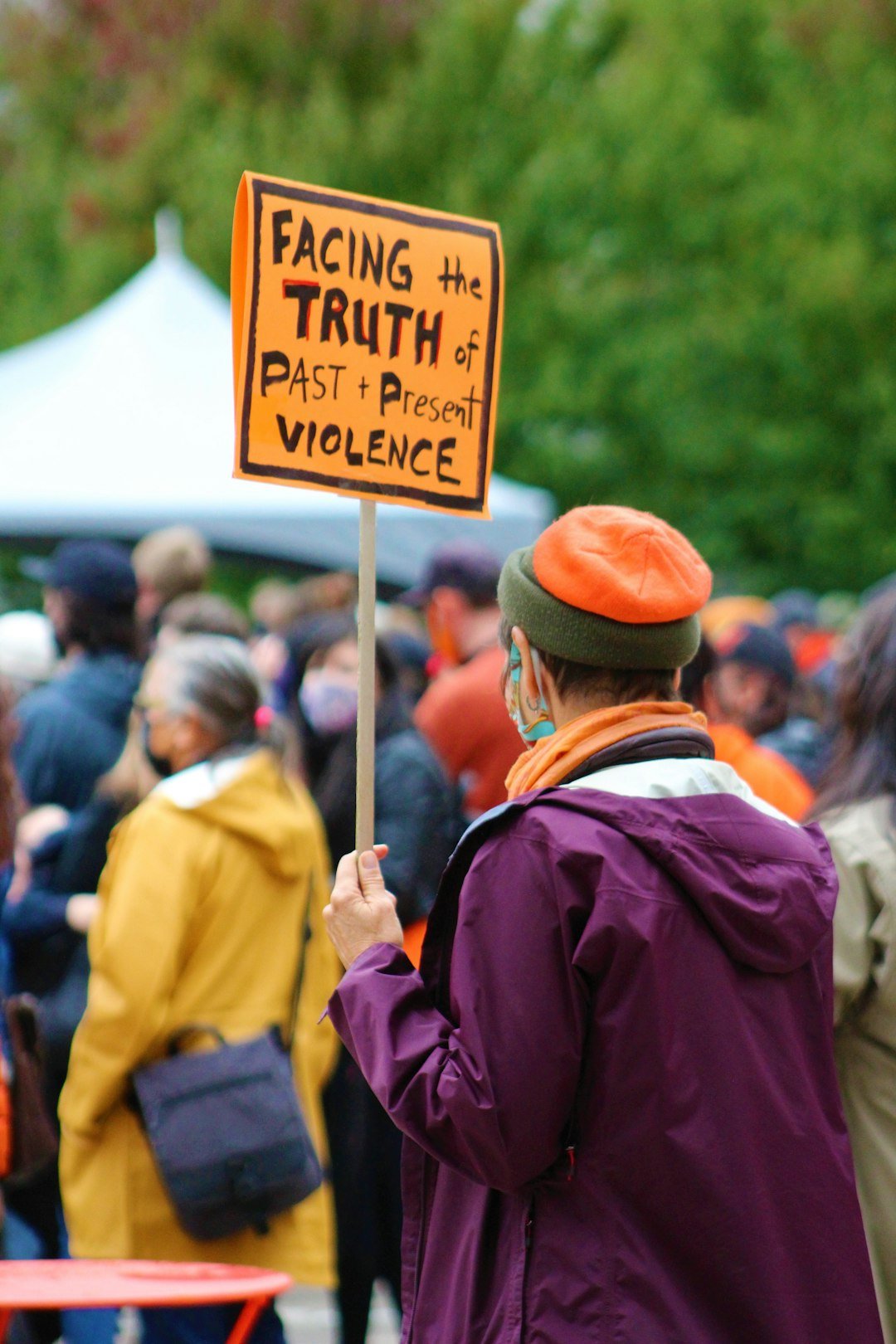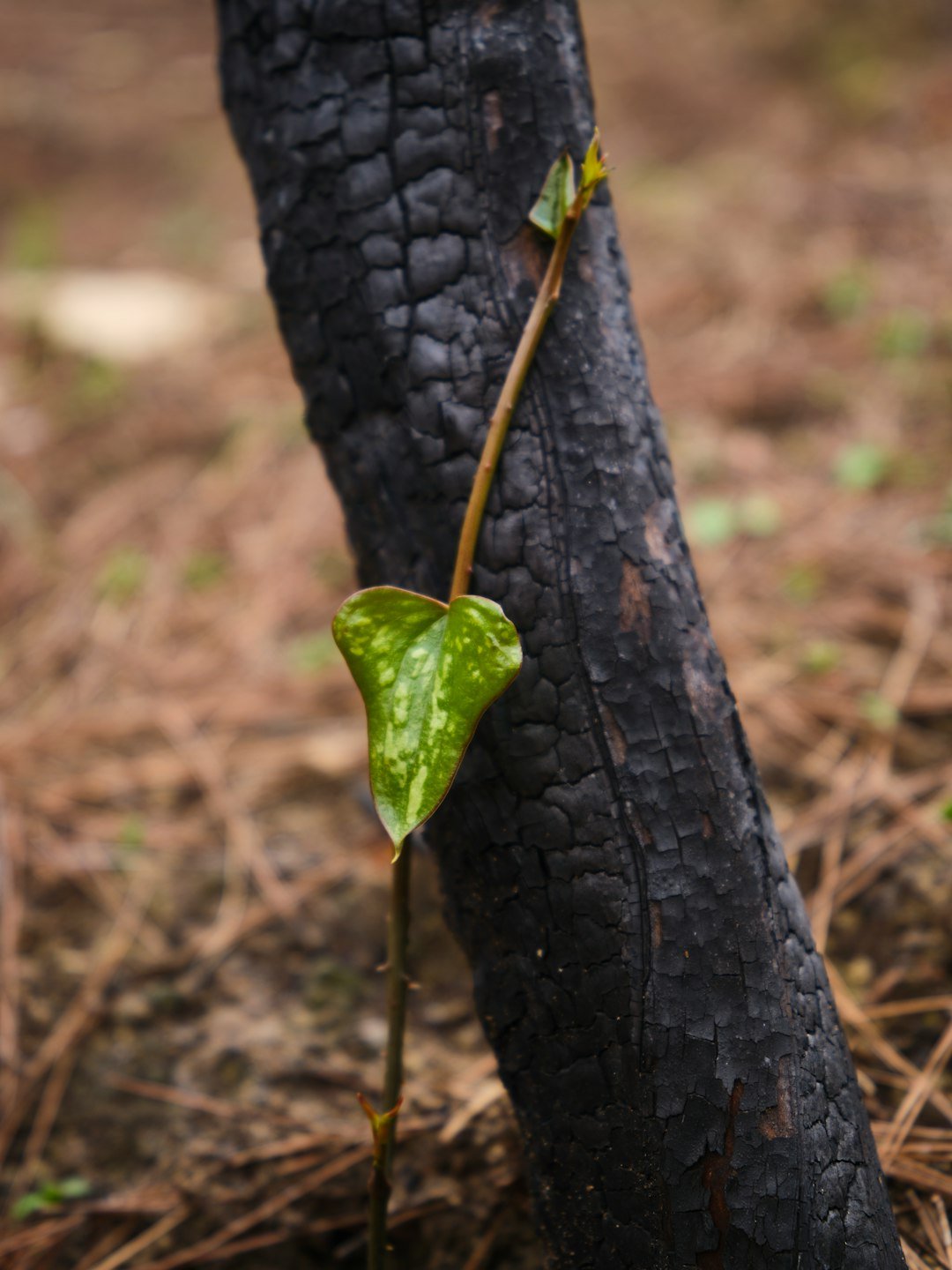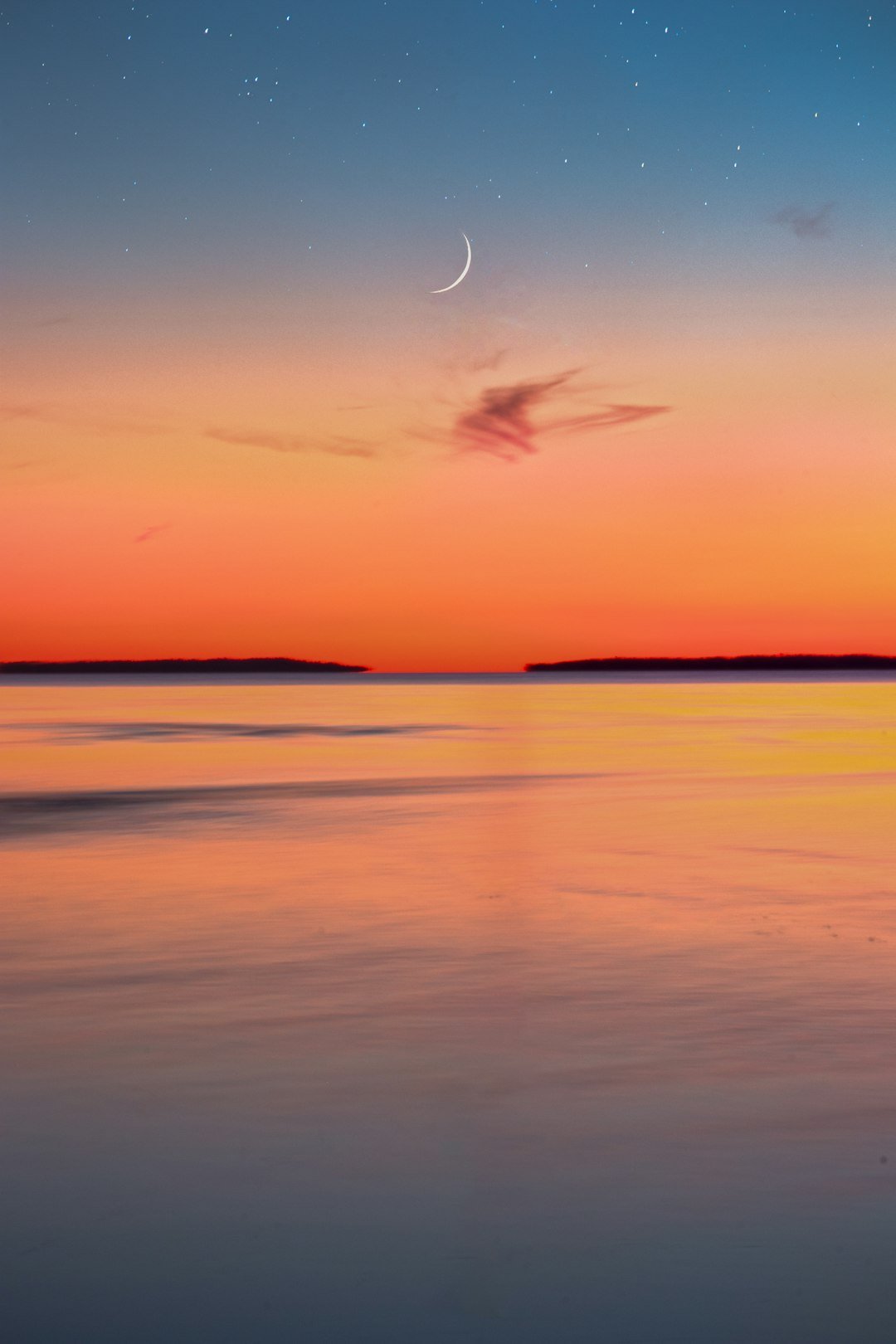Thanksgrieving
Hello, friends. I come to you today bearing humble pie. It’s a new holiday tradition I’m trying out. What’s that? You’d like to hear more? Thanks for asking! I was hoping you would.
Well, it seems I’ve arrived quite organically at humble pie for the holidays. There I was, squinting rather skeptically at the holiday horizon when the curtains of ignorance parted to reveal yet another important piece of reality that has, heretofore, eluded my white gaze.
This may not sound like good news, but it is. It just feels bad. I yearn for greater self-awareness. I just wish it came sooner, and without quite so much backlash from my inner critic.
Only a month or so ago, my consciousness suddenly expanded a tiny bit. Just enough to make room for the National Day of Mourning (NDOM) to appear visible on my map of reality. Mind you, this annual event is not new, but my awareness of it is. The first NDOM was organized in November 1970 by the United American Indians of New England (UAINE). This was, in fact, not long after I arrived on the planet.
NDOM was birthed when Wamsutta (Frank) James, a Wampanoag leader, declined to speak at the official 350th commemoration of the Pilgrims’ arrival at Plymouth, MA.1 Wamsutta originally accepted the invitation to speak for the Wampanoag people. But when the event organizers discovered that he was planning a pull-no-punches speech that told the truth about the violence, thievery and genocide his people endured at the hands of the settlers, they…freaked out. They deemed it inflammatory and demanded he sanitize it by making it agree with their fictionalized narrative of harmony and friendship. Wamsutta refused, withdrew from the event, then gave his speech at the first NDOM gathering on Thanksgiving day in 1970.
“A very great vision is needed, and the man who has it must follow it as the eagle seeks the deepest blue of the sky.” [Quote by Crazy Horse, Sioux Chief; Photo by tof Mayanoff on Unsplash]
Like Thanksgiving, NDOM occurs annually on the fourth Thursday of November. Unlike Thanksgiving, this day centers Indigenous people and real history, rather than mythology. It’s a day of truth-telling and mourning about the racialized oppression Indigenous people first encountered when white settlers came ashore in New England in the 1600s. It’s a day to openly acknowledge that this oppression continued with the genocide, apartheid and discrimination perpetrated by the US government. And that it persists with the systemic oppression of Indigenous Americans today.
Now, maybe unlike me, you already knew about NDOM and join Indigenous communities in honoring their history on that day.
Or maybe like me, you’ve been snoozing away in the warm, cozy bed of white supremacy culture. Maybe you’ve been slow to cast off the snuggly down of ignorance, repeatedly recoiling from the chill you confront in realities like colonization, slavery and systemic racism. Maybe you haven’t felt able to resist the cloyingly sweet Thanksgiving fable you were weaned on as a tyke and thus continued to indulge in year after year after year.
Well, for a variety of reasons I’ll chalk up to cosmic choreography, something has shifted for me. I’m finally shaking the cobwebs off the comforter, planting my feet on the cold bare floor, and facing the harsh light of dawn. I’ve come to a point where my cultural conditioning no longer feels cozy but cloistered. Cramped. Claustrophobic. Like a coffin.
This hasn’t really been an abrupt awakening. I haven’t bolted upright as from a nightmare. I’ve been tossing and turning in the angst of my half-sleep for a while now. A year ago at this time, I felt pained and disgusted by the juxtaposition of the flagrant holiday excess, commercialism and consumption and the searing violence and shattering devastation being livestreamed from Gaza.
By the time the 4th of July rolled around, I was wincing at the fireworks, my disgust smoking and reverberating right alongside them. Then came the fanfare and performative patriotism of the major party political conventions this past summer. I took in the carefully curated suppression of marginalized voices and felt myself upshift from disgust into outrage.
And now that I’ve spiraled around to holiday season once again, I’m ready to face and embrace my disgust and my outrage. And also my dismay, my disillusionment, my disappointment, my disheartenment, my disgruntlement, and my disbelief. I can’t not. I’ve heard from BIPOC that white silence is violence, and I believe them.
“All too often, when we see injustices, both great and small, we think, that’s terrible, but we do nothing. We say nothing. We let other people fight their own battles. We remain silent because silence is easier. Qui tacet consentire videtur is Latin for ‘Silence gives consent.’ When we say nothing, when we do nothing, we are consenting to these trespasses against us.” [Quote by Roxane Gay; Photo by Gabriel Dalton on Unsplash]
In this new place of awareness, I see things as never before. I see Thanksgiving as a macabre mirage made “real” by our collective belief in misconception and myth. Underneath that, I see a gluttonous glorification of the greed and violence of American colonization. I also see the evolution of a nation built on the faulty foundation of fabrication and obfuscation. It’s enough to make one lose their stuffing.
As if that weren’t difficult enough to digest, the whole steaming plate is thick with the lumpy gravy of current calamities. Serial climate crises, widespread hunger, rising fascism, and most heinous of all, multiple active genocides (there are a stunning number of active genocides in the world in 2024).
Incredibly, the US Government has steadfastly and obstinately denied its enablement of the genocide in Gaza. Yet this is perhaps to be expected given the way so many of us have steadfastly clung to the Thanksgiving narrative. Indigenous Americans have experienced genocide, so they know it when they see it. And once again, they’re standing up to tell the truth. For example, UAINE is urging its annual donors to redirect their 2024 support to organizations directly aiding the Palestinian people, rather than giving to NDOM2.
But my outrage is only part of the picture, just the outermost layer. Under its stinging nettles, you’ll find layers of other emotions that ultimately lead to the soft underbelly of grief. Why grief? Because an integral part of building consciousness is letting go of unconsciousness. And the process of letting go of something — even something we no longer want — comes pre-assembled with grief. There’s really no getting around it in the long run.
In my own process of letting go, I’ve identified a handful of losses so far. Perhaps you can relate, or perhaps not.
Loss of faith in the education I received.
Loss of trust in government and adjacent authority.
Loss of pride in my American identity and heritage.
Loss of tradition and ritual.
This is no small amount of loss, yet it’s fractional in comparison to the overwhelming losses Indigenous people have lived with for centuries in America.
“When you know who you are; when your mission is clear and you burn with the inner fire of unbreakable will; no cold can touch your heart; no deluge can dampen your purpose. You know that you are alive.” [Quote by Chief Seattle; Photo by engin akyurt on Unsplash]
I’ve been asking myself how those of us who’ve been sleep-walking can now look straight at the truth about our past and present without shriveling in the heat of our shame, guilt and despair. As always, friends, I can see that we have choices.
One choice might be to forget everything I’ve said here, resolve to avert our eyes and ears from any future mention of real history, and allow a Thanksgiving food coma usher us gently back into sleep.
That’s not a choice I want to make. I think I’ll try staying awake, acknowledging my unpleasant feelings like I’m doing here with you, leaning into them as fully as I can, then allowing my animal self do what it needs or wants to do in an act of release. I never know what this will look like with grief. It could be anything from wildly wailing and flailing to quietly contemplating the lump in my throat. I trust my body’s wisdom. I just need to get out of its way and let it do its thing.
Google owl affirming somatic sagacity
Emotions like guilt, grief and shame can feel heavy as lead. We often believe them to be more complicated, more overwhelming, and more threatening than other emotions, but they’re really not. When we don’t actively inhibit them, they move through just like all emotions will. If we deny, minimize, bypass or plain old cut and run from them, however, they *will* pile up and weigh us down.
Additionally, many of us have also been conditioned to believe we can only feel one emotion at a time. Hogwash, friends! Hogwash with a side of poppycock, at that. We can feel grief and gratitude, all at the same time. We can feel guilt and outrage and gratitude, all at the same time. Indeed, I think maybe we can only feel true gratitude if we are also feeling our grief. And our gratitude can keep our grief from sinking us.
Once we’ve tended to all our emotions, we have the emotional space and clarity to make choices about the holidays that align with our integrity and values. That’s another new tradition I’m rolling out this year.
That said, please don’t misunderstand. I’m not telling you to cancel Thanksgiving or any other holiday you’ve historically celebrated. But before you make your choice, I invite you (read: I challenge you) to pause and check in with yourself (you might want set a timer so the pumpkin pie won’t burn). Do you feel clear about why you’re choosing to celebrate, and what it is you’re celebrating? How do your why and what show up in your body? Does the impact of your choice to celebrate line up with your intent?
Whatever your plans for the fourth Thursday in November may be this year, I hope you’ve found a little food for thought here, friends. And I’m wishing you the best balance possible of grief and gratitude.
“Ask questions from your heart and you will be answered from the heart.” [Quote from the Omaha Tribe; Photo by Lianhao Qu on Unsplash]
1 Despite what we may have learned from Schoolhouse Rock, Zebtoonz, textbooks, or social studies classes, the Pilgrims didn’t arrive at Plymouth, but Provincetown…the purported arrival in Plymouth was a fiction within a fiction)
2 Excerpted from www.uaine.org, “Orientation for National Day of Mourning 11/28/24”:
DONATIONS
While we are grateful for your donations to UAINE, we want to urge everyone to make donations to organizations that are currently able to have a direct impact for Palestinians in Gaza and the West Bank. Here are a few that have been recommended: Palestine Children's Relief Fund, ANERA, Middle East Children's Alliance, 1for3.org, Gaza Mental Health Foundation, MSF (Doctors Without Borders) Crips for E-sims, CareforGaza.
You can donate directly to UAINE here. We will also have a cash blanket dance as usual to support Leonard Peltier.




